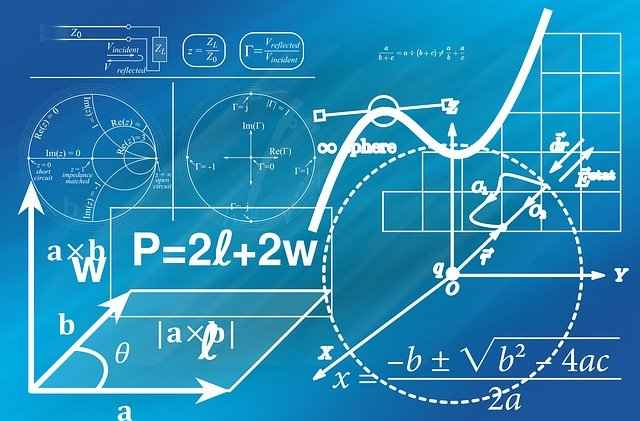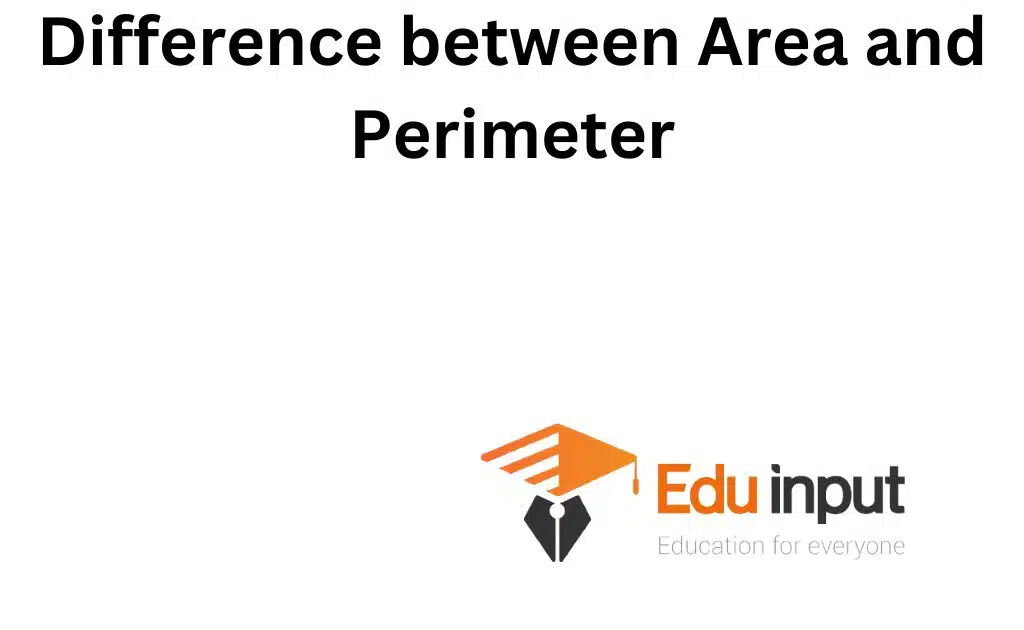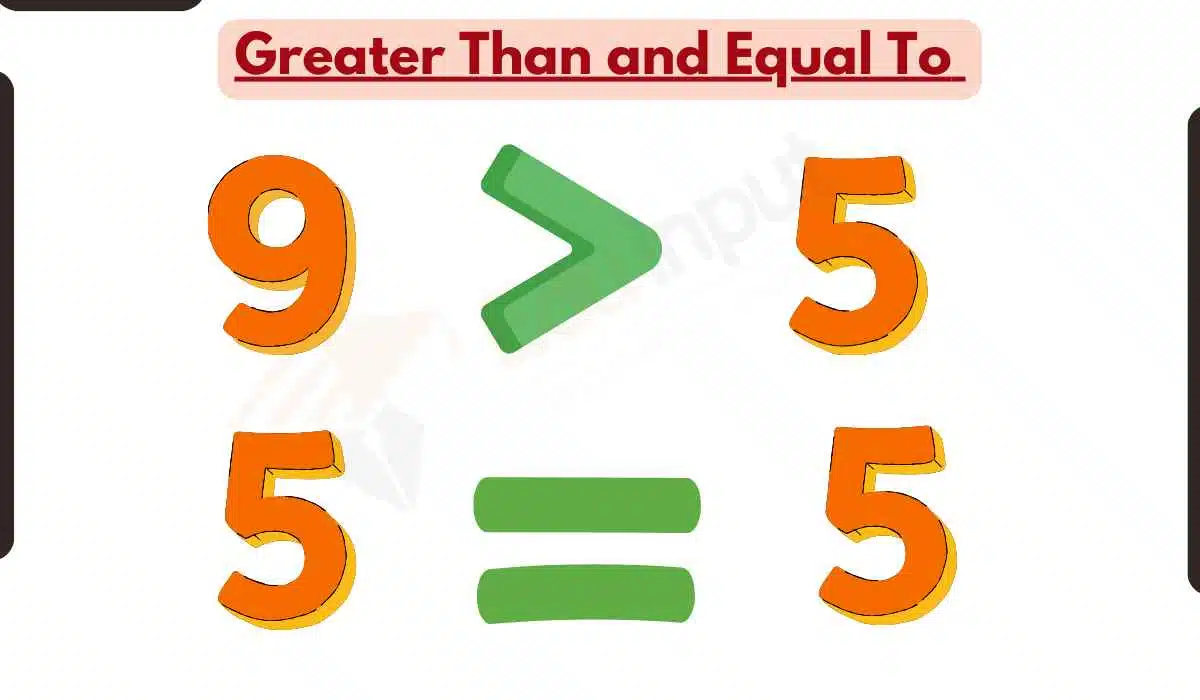Brackets in Math | Types of Brackets
Brackets are a form of mathematical notation or symbol that allows you to group together expressions in algebra. Brackets are also used to show the order of operations, and the operations inside the brackets must be calculated first to get the correct result.
There are different types of brackets in math, and each has its own meaning and usage. In the following sections, we’ll explore the different types of brackets in math and how to use them.
What is Bracket?
You ‘have probably seen different symbols like these:
(, ), [, ], {, and } in your math books. These symbols are called brackets. Brackets play a very important role in mathematics; they help us group different expressions or numbers together. Brackets imply that the thing or expression enclosed by them should be given higher precedence over other things.
Types of Bracket
There are several different types of brackets in math, each with its own symbol and usage. The following list details the different types of brackets and when they are used:
- Parentheses ( )
- Braces { }
- Square brackets [ ]
- Angle brackets < >
What are parentheses Bracket ()?
Soft, or open, brackets: () are used in algebra to separate sets or to denote a value that is not allowed as part of the domain or range of a function. They are also used to signify ordered points.
The round brackets, or parentheses, are generally used to denote multiplication when placed around numbers.
For example:
(3)(4) = 12
Negative integers can be written in mathematical expressions using absolute value symbols.
For example 5 + (−4) = 1
What is Curly Bracket {}?
Curly brackets are typically used to group things together or to denote a set of items. For example, in mathematical expressions, curly brackets are often used to group terms together so that they can be operated on as a single unit. In computer programming, curly brackets are used to delineate blocks of code or to group together related information. A curly bracket is a type of symbol used in mathematical or computer programming notation.
What is Square Bracket []?
Square brackets are usually used to set apart parts of a complex mathematical expression that need to be evaluated first.
What are Angle brackets < >?
An angle bracket is a type of bracket that is used in various ways, depending on its context. For example, angle brackets are often used to enclose text or code that should be processed differently than the surrounding text and signify a vector. For example, the notation <3, 7> would represent all numbers between 3 and 7, including 3 and 7 themselves.
Use Bracket in Math
Listed below are some of the many different situations where brackets are used in algebra and calculus:
- To denote the argument of a function, such as in sin (5x). The parentheses indicate that 5x is the argument of the function sine.
- To show an ordered pair of points in a given coordinate system. In Cartesian coordinates, for example, the point (7, 9) is 7 units on the x-axis and 9 units on the y-axis.
- The (-2, 4] interval is used in interval notation. Interval notation is a way to write a subset of numbers.
- Number sets are discussed in theory courses, and a set of numbers is denoted by curly brackets such as{R}.
- Matrices are arrays of numbers, and they are represented by large square brackets.
Algebra Brackets and Grouping
In algebra, brackets signify a set of numbers that need to be evaluated together, with any numbers within the brackets being evaluated first. For example, the expression 3 + (9 – 5) would mean that you would first subtract 5 from 9, and then add the result to 4 Many algebraic expressions have multiple levels of brackets, called ‘nested brackets. When this occurs, the innermost brackets must be evaluated first. The innermost brackets are usually called ‘soft brackets’, (), while the outer brackets are called ‘hard brackets’, [].in the expression,
5[4 – (6 + 2)]
, First 6 + 2 must be evaluated; next, the result, 8, is subtracted from 4, resulting in -4; lastly, -4 is multiples by 5 to give -20.
Brackets are often used to signify that a certain value is included in the domain or range of a function. If the value is included, then we use a hard, or closed, bracket.
If the value is not included, a soft or open bracket is used. In the interval notation example above, (-2, 4]
, -2 is not included because it is next to an open bracket, but 4 is included because it is next to a closed bracket.
Frequently Asked Question-FAQS
What are Brackets?
You ‘have probably seen different symbols like these (, ), [, ], {, and } in your math books. These symbols are called brackets.
What are the types of Brackets?
Generally, three types of brackets are used in mathematics,
Parentheses or Round Brackets, ( )
Curly or Brace Brackets { }
Square or Box Brackets [ ]
Why are brackets important in mathematics?
Brackets are an essential part of any mathematical equation. They help to separate different expressions and designate which should be solved first. This allows for a greater level of accuracy and clarity in solving complex equations.
Is PEMDAS the only method to solve bracket problems?
BODMAS is an acronym for PEMDAS, where B stands for Bracket, O for Of or Exponents, D for Division, M for Multiplication, A for Addition, and S for Subtraction. Any expression is considered correctly solved if they have followed the PEMDAS or BODMAS rule.
Are there any more kinds of brackets?
Angle brackets are mathematical symbols that are used to represent a list of numbers or a sequence of numbers. They can be written as 〈 〉.







Leave a Reply